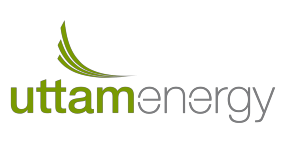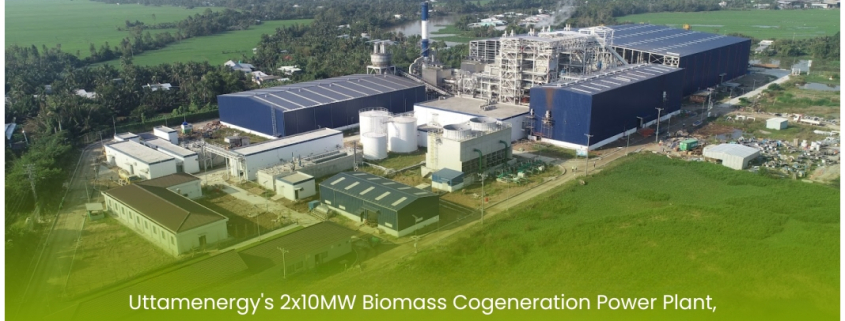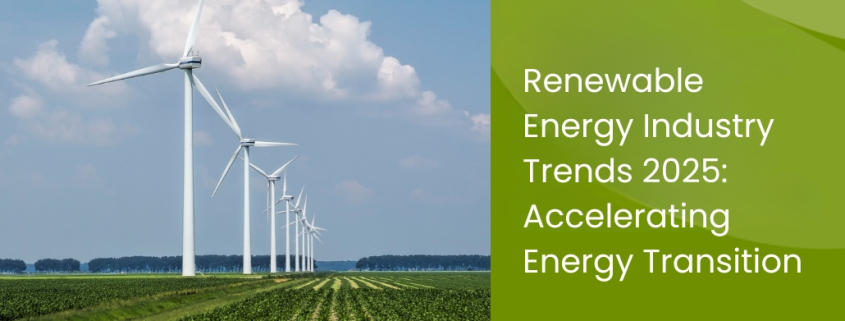Uttamenergy Successfully Commissioned 2 UNITS OF 10 MW Biomass Cogeneration Power Plant For A Vietnam-Based Leading Power Company
Introduction
While urban and industrial settings consume more power, the power needs of the rural areas are often overlooked. Renewable energy systems, particularly biomass power plants, present an efficient solution to meet the power needs of rural areas.
Recognising the increasing importance of biomass-based electricity generation through combustion and heating, our client sought our expertise to design, engineer, manufacture, and commission a biomass energy power plant.
The plant is located in southern Vietnam, a region characterised by paddy farming.
The new plant leverages the area’s rich natural resources and agricultural residue. This aligns with Vietnam’s rapid growth in the energy sector and the Vietnamese government’s focus on developing the Southern part of the country through strategic investments. The plant’s focus is on biomass co-firing technology, which can significantly reduce emissions.
The plant aims to diversify electricity generation sources and bolster energy security in the surrounding regions. This project aligns with Vietnam’s net emission reduction policies and sustainable development goals.
About our client
Our client is a leading power company based in Vietnam. Partly owned by the State, the company collaborated with Japanese investors and other stakeholders for this biomass power plant. While our client has previously been engaged in hydro, wind, and thermal energy generation, this is its first biomass power plant project. Moreover, this is one of Vietnam’s largest biomass power plants that uses rice husk as fuel.
Our client’s challenge
The client has been engaged in wind, hydro, and thermal energy generation and has faced the challenge of entering the biomass energy sector for the first time. Our client’s primary concern was finding a power solutions company that could meet their performance standards and provide comprehensive services, including design, engineering, product supply, and commissioning. Uttamenergy’s experience, expertise, and technological capabilities in the biomass energy production sector ultimately led to its selection as the partner for this project.
Requirements of the project
- High-quality standards: The client, an established power company, demanded adherence to the highest industry standards for the biomass power plant. This encompassed every stage, from design and engineering to manufacturing, installation, and commissioning. The plant needed to demonstrate its operations reliability, efficiency, and longevity.
- Strict timelines: The client required the project to be completed within a defined timeframe. Uttamenergy needed to demonstrate project management capabilities to ensure on-time delivery without compromising quality.
- Cost-efficiency: The client expected a cost-effective solution that optimised capital and operational expenditure. Uttamenergy needed to provide a design that balanced performance with economic viability, ensuring a competitive levelised cost of energy.
- Renewable energy: The client was committed to sustainable energy generation, seeking a solution that utilised biomass resources efficiently and minimised environmental impact. The plant needed to align with Vietnam’s renewable energy goals and contribute to reducing carbon emissions. Using biomass energy also facilitates the development of small- and medium-sized enterprises and helps create jobs for local people.
Uttamenergy solutions
Uttamenergy provided a comprehensive solution for the biomass energy power plant, which included engineering, designing, manufacturing, and commissioning a 10 MW Biomass-Fired Steam Boiler. The plant is equipped with two independent generating units, each containing two boilers, two turbines, and two generators, alongside shared auxiliary facilities.
The solution features:
- Biomass boiler technology: The plant uses conventional grate-fired biomass boiler technology, which uses environmentally neutral biomass fuel, primarily rice husks, known for its carbon-neutral properties. The high-efficiency travelling grate boiler is designed to fire multiple biomass fuels, ensuring optimal performance and lower environmental impact—key specifications of the boiler: 42 TPH, 75.6 ata, and 474 °C.
- Fuel and ash handling: Fuel is transported through a port facility capable of accommodating ships up to 300 tons. The company also handled fuel and ash.
- Equipment supplied: Uttamenergy supplied two 42 DPH boilers and two 10 MW turbines.
- Environmental compliance: The project is equipped with advanced waste treatment technology to ensure compliance with environmental standards.
Project execution process
The project execution involved several key steps and departments within Uttamenergy, along with overcoming various challenges:
Order placement and initial steps
Following a visit by the client’s representatives to Uttamenergy’s facility in Aurangabad, orders were placed, marking the official commencement of the project. Subsequently, Uttamenergy’s engineering team was deployed to the client site for four months to oversee the different phases of the project.
Challenges
- Language barriers: Uttamenergy and the client company encountered communication issues due to language differences.
- Technical specifications and pace: Matching and adhering to the required technical specifications and speed posed significant challenges, as did aligning to compliance standards.
- Documentation approval: Obtaining timely approval of documentation from both the client and the investor proved to be a hurdle in the project’s progression.
- Component sourcing: Manufacturing and supplying numerous parts and components from Uttamenergy’s facility in India was undertaken. Certain other parts were designed and engineered in India but fabricated in Vietnam.
Uttamenergy departments involved
Some of the departments at Uttamenergy involved in the project were the proposal department for budget estimation, the purchasing department for procurement activities, the project execution department, the commercial and logistics department, the design and quality engineering teams, and the supply chain department, among others.
The manufacturing facility was involved in manufacturing various parts, including boiler bank assembly, steam drum, mud drum/water drum, water wall panels along with headers, superheater assembly, economiser assembly, deaerator, blow down tanks, travelling grate, aerator assembly tubes, and crates.
The Uttamenergy advantage
Uttamenergy distinguishes itself as a leading provider of renewable energy solutions, offering extensive experience, technical capabilities, and resources for projects worldwide. The company has established a strong reputation for delivering reliable, cost-effective, and high-quality solutions in the power sector, focusing on renewable energy sources like biomass and waste-to-energy.
Key highlights of Uttamenergy’s deliverables:
- High-quality standards: Uttamenergy is known for high-quality engineering, manufacturing, and project management. Since this project’s client was associated with Japanese investors, stringent quality standards were expected. Uttamenergy met these expectations through rigorous quality checks on each component, ensuring they met the required technical specifications.
- Customs clearance: Transporting over 6,000 components and parts manufactured in Uttamenergy’s Aurangabad facility to Vietnam presented a significant customs clearance challenge, which could have potentially delayed the project. A critical aspect of setting up power plants is maintaining the correct sequence of parts. Uttamenergy ensured the sequential supply of parts to meet this requirement.
- Adherence to strict timelines: Despite a year-long project documentation approval process and frequent project changes, Uttamenergy successfully delivered the project within the predefined timelines.
- Adherence to budgets: The project was delivered cost-effectively while remaining within the predefined budget.
Impact
The biomass power plant commissioned by Uttamenergy is expected to generate positive environmental, social, and economic impacts in Vietnam, supporting Vietnam’s commitment to achieving net-zero emissions and aligning with the country’s mechanisms and policies for greenhouse gas reduction.
Environmental, social and economic considerations
Using biomass energy generated through this power plant will address critical issues related to the environment, society, and financials:
- Power generation and access: The power generated by the biomass plant will be connected to the national electricity grid, which will supply electricity to remote areas, supporting the development of rural areas in southern Vietnam. Provision of power for irrigation and residential use in the region where the plant is located and the neighbouring regions.
- Pollution control: Utilising agricultural residue for power generation helps control air pollution caused by open burning, turning waste into a valuable resource.
- Renewable energy: This biomass power plant will reduce reliance on fossil fuels, utilise agricultural residue to generate power, and significantly reduce greenhouse gas emissions.
- Energy diversification: This project will enhance the country’s energy security by diversifying energy sources and promoting renewable energy.
- Regional development: Supporting the Vietnamese government’s focus on developing the Southern part of the country through investments in sustainable energy projects.
- Economic benefits: Creating a sustainable energy source, particularly in forest areas, and reducing reliance on imported coal.
Need support for a biomass power plant?
Uttamenergy’s experienced team is always available to support and assist you with the most effective renewable energy solutions and products. Our expertise and experience in providing biomass energy power plant solutions spans across industries and regions. Contact us to explore how we can help you.


